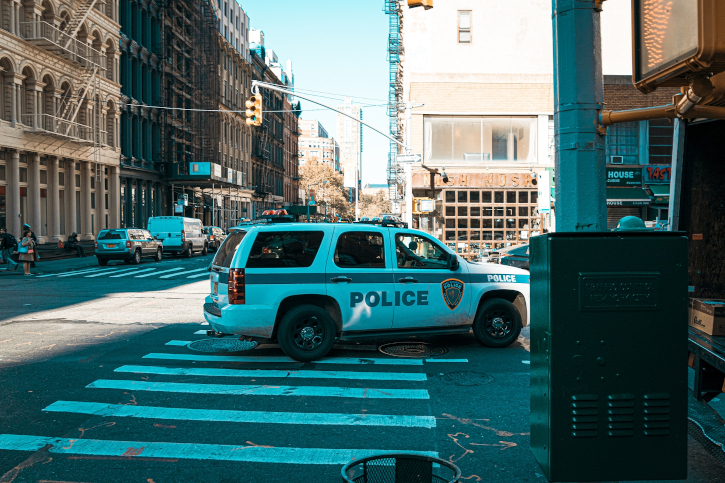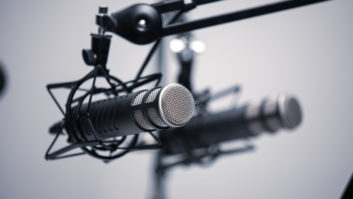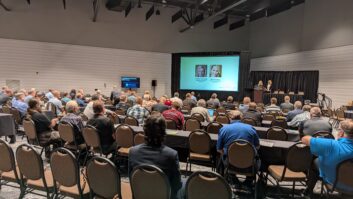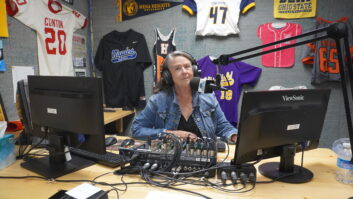The author is executive director of the National Federation of Community Broadcasters. NFCB commentaries are featured regularly at www.radioworld.com.
This week’s violent clashes in Washington have put the focus on one of community radio’s great challenges: what does a community media organization do when an evolving story grips the nation?
Since Election Day, the United States has spiraled into fractiousness among those who deny Donald Trump lost the White House. The movement this conspiracy theory has inspired reached its possible nadir when at least four people died during a riot at the Capitol Jan. 6. Property was destroyed, explosives were confiscated, and more than 50 arrests were made. News attention was naturally on the scenes of looting, Confederate flag-waving Trump supporters and attempts by law enforcement to regain control of the situation.
[Read: Community Broadcaster: Diversity Was Radio’s Story of the Year]
As audiences were hungry for information about this horrendous moment, community media naturally sought out ways to bring coverage. For many outlets, there were few choices.
A range of community radio stations utilize award-winning reporting from NPR or the BBC to supplement their journalism. It is reliable, of a consistent quality, and gives a station the freedom to cut away from regular programming literally at any moment to bring listeners the news as it happens. For stations where such investments are not feasible, however, the options are incredibly limited.
Some community radio stations have relied on resources like the syndicated program “Democracy Now,” which regularly produces election and other coverage for carriage, or Pacifica for special event broadcasts. Public News Service, Feature Story News and even RT (formerly Russia Today) have filled still others’ news gaps. Yet none of these seem to have the capacity to provide breaking news coverage on location or with a reach or quality anywhere approaching the aforementioned leaders in this space. Many attempts to launch breaking news services have been made over the years. None have lasted.
It is hard for a lightly resourced media outlet where news is not the primary service to pivot quickly to emergency coverage. So, what could you do?

A station could curate reporting from elsewhere. A good start might be for a station to collect a list of its go-to news sources and create a process for reviewing them during breaking news, sharing coverage on social media, and how and what your station covers and attributes when news is happening. Having 5–10 trusted sources gives a community broadcaster a baseline. Don’t forget to try a drill to see where your process needs refinement.
A station could do call-in programming, providing an outlet for the community’s reaction to the news. Call-in programming is popular, but you need the right moderator to steer conversations productively and briskly, especially when emotions run high. If your station decides to wade into this kind of content, consider having an analyst as a guest to supplement the discussion.
If daily news coverage is not your station’s brand, maybe times like these are when you lean into what you already do best. One DJ I heard the night after the riot put it this way, “We know that things are bad and assume, if you’re listening to me right now, you’re looking for shelter from it, so I’ll do my best to give that to you.”
And lastly, if news is what your station desires to be known for, it may be time to have development conversations with your board and donors about what it will take to get the journalism you want. A few may find such a discussion as uncomfortable as being out of the news loop entirely. Nevertheless, stations that want to deliver breaking news should talk openly about their needs to achieve such a goal.
As of this writing, there are few options for stations without news capacity to switch to breaking news coverage. Choosing to do so will require investments of various levels from your station in journalism. Your listeners will appreciate it. In the meantime, creative problem solving may be your best approach.







